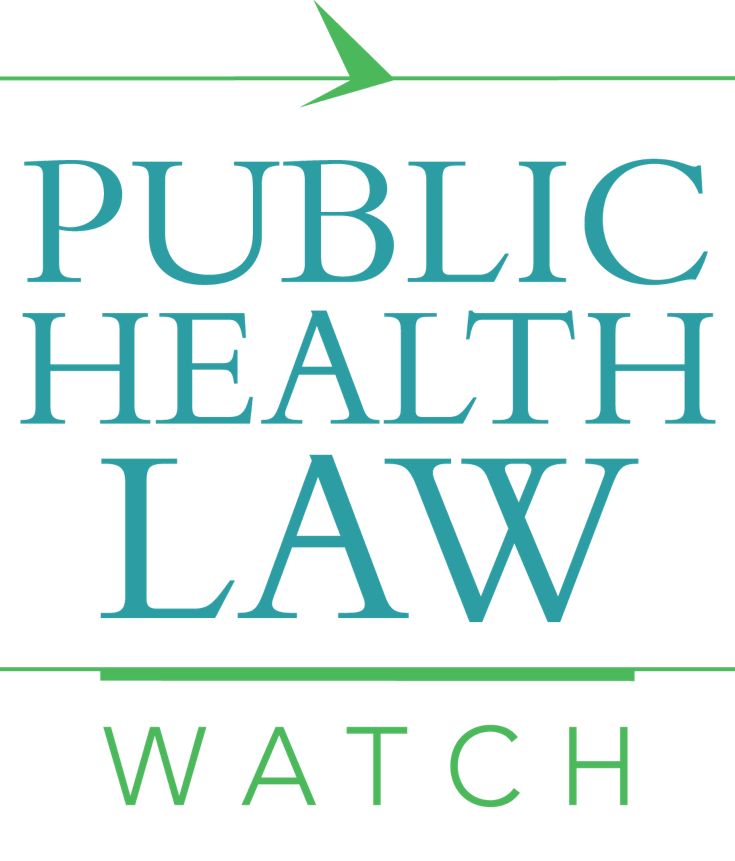By Gregory Curfman, MD
When the Hatch-Waxman Act was passed into law in 1984, it established the generic drug industry and thereby forever changed the marketplace for prescription drugs. Today 80% or more of all prescriptions are filled with generic drugs, which has resulted in a savings of $1.67 trillion from 2007 to 2016. To incentivize generic drug entry into the market, the Hatch-Waxman Act provides that the first generic company to submit an Abbreviated New Drug Application (ANDA) will have the exclusive right to market its drug for 180 days. This provision, referred to as “first to file,” provides a strong financial inducement to file an ANDA early.
Generic drug manufacturers may seek FDA approval before expiration of patents protecting the brand-name product if they can establish that one or more of the patents is invalid, which may be done by filing a lawsuit in federal court. To provide a second pathway for challenging patent viability, and thereby effect the withdrawal of patents that fail tests of novelty or non-obviousness, in 2011 Congress passed the Leahy-Smith America Invents Act (AIA), which first established the process of inter partes review (IPR), an administrative procedure whereby the United States Patent and Trademark Office (USPTO) may reconsider the validity of a patent it previously granted. To conduct IPRs, the USPTO created the Patent Trial and Appeal Board (PTAB), an administrative board within the USPTO comprising administrative patent judges who, without involving juries, make determinations about patent viability. To expedite the review process, the PTAB is expected to make a judgment within one year of hearing a case. As of July 2017, more than 7000 petitions for inter partes review were filed, and the PTAB issued final decisions invalidating more than 1300 patents. Consequently, this second pathway of review, which involves administrative and not judicial review, may significantly accelerate entry of a generic drug into the market when it is successfully used to invalidate a patent on a brand-name product.
On November 27, the Supreme Court will hear oral arguments in Oil States Energy Services v. Greene’s Energy Group, a case in which the constitutionality of the PTAB is being challenged. The petitioner argues first that Article III does not authorize the PTAB, as established by the USPTO, to reconsider the validity of patents that have been previously issued by the agency. The petitioner further argues that PTAB inter partes review violates the Seventh Amendment because patents are tantamount to private property and juries are not involved in the PTAB review process as, the petitioner argues, would be required under the Seventh Amendment.
The respondent argues that reassessment of a previously granted patent by the USPTO is consistent with the principle that patent rights are privileges bestowed by the government and that they may be revoked by administrative review (without the involvement of an Article III body). In short, the respondent claims that issuance of patents is a matter of public rights that reconsideration of previously issued patents may be properly performed by an administrative agency without the requirement of juries.
The outcome of this case will be quite important for the regulation of prescription drugs. Should the Court find that PTAB was unconstitutionally established, this would remove an important pathway by which generic drugs currently move efficiently to the marketplace. The remaining pathway, the federal court system, is a slower route to generic market entry, which could have the important result of raising prescription drug costs for consumers, which are already especially difficult to afford by lower-income citizens.
For the purpose of keeping this post concise, I have intentionally omitted many important details relevant to the arguments in this case, but I hope the general concepts are clear. Though I tend to believe that the respondent will prevail in this case, I would be interested in hearing from others who are more expert in intellectual property law and are following this interesting case.
